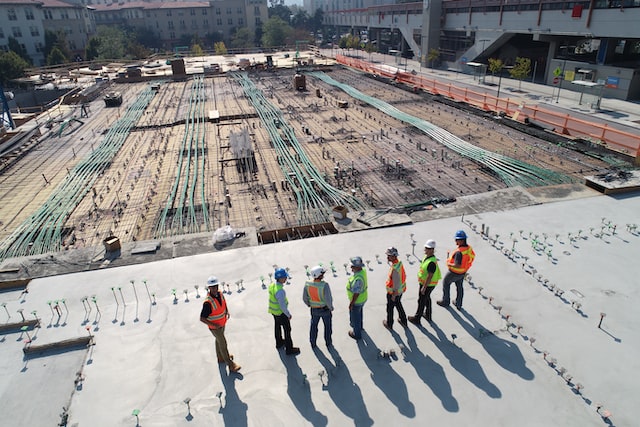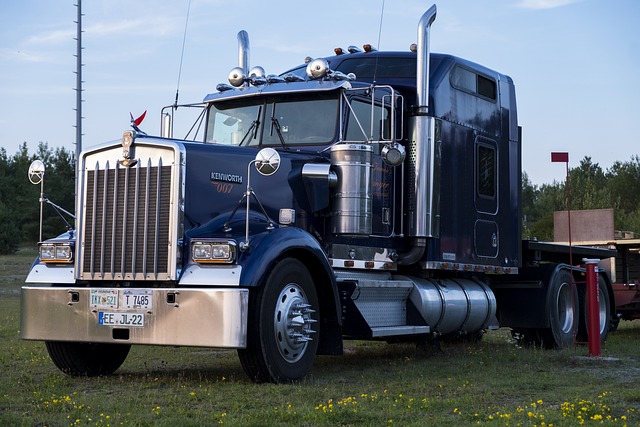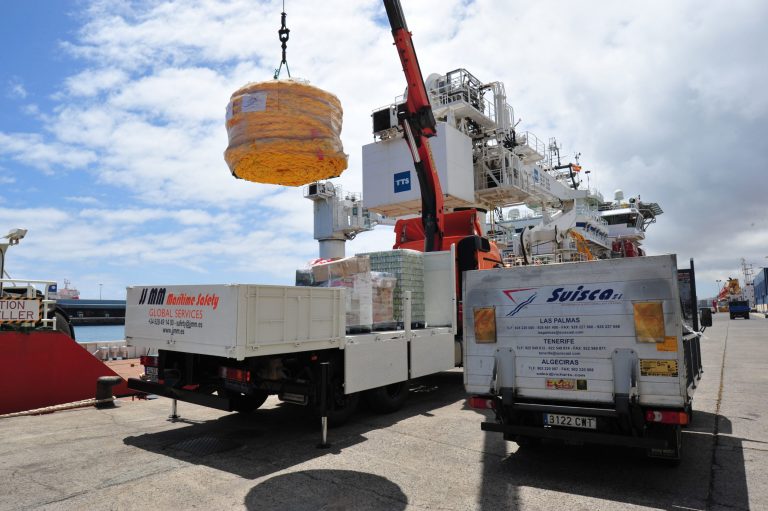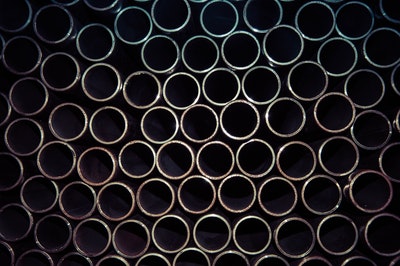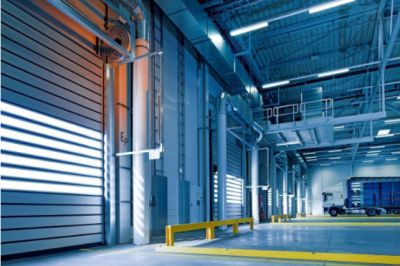12 Accurate Methods in Estimating Construction Costs
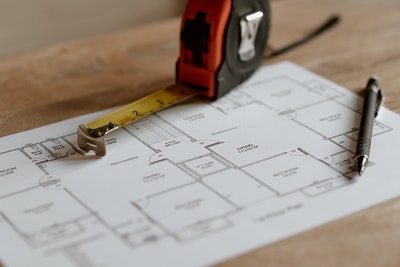
You’re probably reading this because you’re doing some preliminary research on the cost of your construction project, or maybe you’ve already started and are looking for more accurate numbers than those initial estimates.
Either way, the following twelve methods will help you find an accurate estimate of construction costs.
Method 1 – Tripling the Square Footage Estimated
The first method for finding construction costs considers that new construction usually costs about three times more than a home addition project estimate.
So, if you’re building a 4,000 square foot home, add up the costs of adding 3,000 square feet to an existing house and base your construction estimate on this.
Method 2 – Multiply the Per Sq. Footage by Three
The second method is to multiply the per square footage price you’ve been given by three.
This might be easier than adding on but will result in an estimate that’s slightly higher than the project’s actual cost.
This method is more accurate for smaller projects (under 5,000 square feet) than larger ones.
Method 3 – Start with the Final Number
The third method of finding construction costs requires more effort but can be reasonably accurate for large projects such as schools or hospitals.
Instead of starting with the price estimate and multiplying that number, start with the final number.
Method 4 – Draw a Square-In-A-Square
The fourth method is to draw a square-in-a-square on the construction blueprint and use that as the basis of your estimate.
However, this method tends to be wildly inaccurate (at best) for projects under 3,000 square feet and can become very expensive if you’re working on a larger project.
Method 5 – Add an Estimate for Facing Materials
The fifth method requires more investment than the other methods in this list. It entails getting prices on materials, such as marble or granite, and estimating the overall construction cost.
This method is the most accurate for smaller projects but requires a lot of additional research.
Method 6 – Add-in Costs for Utilities
The sixth method for figuring out construction costs is adding in utilities’ costs, such as plumbing and electrical.
If you’re building a new home, it’s usually cheaper to piggyback onto existing utilities than to have them run through your property.
This method is often used with lawn tractors and other power tools that are not already being used by another existing facility or house on the property.
Method 7 – Mix and Match
If you’re building a new home and adding on to it, the best estimate for construction costs would be a mix of methods 2 and 3.
Apply method 2 to the new home construction and use method 3 for the additions. Make sure that you do not double up your costs by adding both estimates!
Method 8 – Add in the Costs of Scuttling Existing Structure and Needed Renovations
Building codes usually require removing the existing structure before building something else unless that something else will make a good addition, such as the renovation of an extra bedroom.
This cost should be included in your estimate. You can either work it into the overall budget for construction or make it a separate line item.
Method 9 – Get an Estimate for Total Square Footage
The ninth method of estimating construction costs is to ask the contractor you’re working with how much your total square footage will be.
They will be able to do this by going off the blueprints you’ve provided and then adding in the cost per square foot estimated by each contractor.
This will also give them an idea of what materials you want to use, making it easier to shop for quotes.
Method 10 – Get Multiple Estimates
The tenth method is to go through the steps described in method nine and get quotes from a few other contractors.
You should always get at least three estimates, but don’t stop until you have collected at least five – some contractors might not be able to give you accurate estimates on short notice.
Use these estimates as a base for your budget, and then build off of them with method eight if needed.
Method 11 – Figure out the Cost per Square Foot
The eleventh method for finding construction costs is determining how much you’re paying per square foot for your contractor.
This will give you an idea of how much material you’re buying and what the total project will cost.
Method 12 – Apply Estimate to Project Listing Cost
The final method for finding construction is to do a little math. You’ll need to figure out the square footage of each item on your list, then apply that per square foot cost from method 11 to your list price.
The result will be the approximate price of your project at the beginning of the job.
Looking for construction costs can be a tedious task, but if you think about the steps outlined above and have some patience, you’ll find that estimation becomes much more manageable.
You’ll get accurate results without going over budget.

